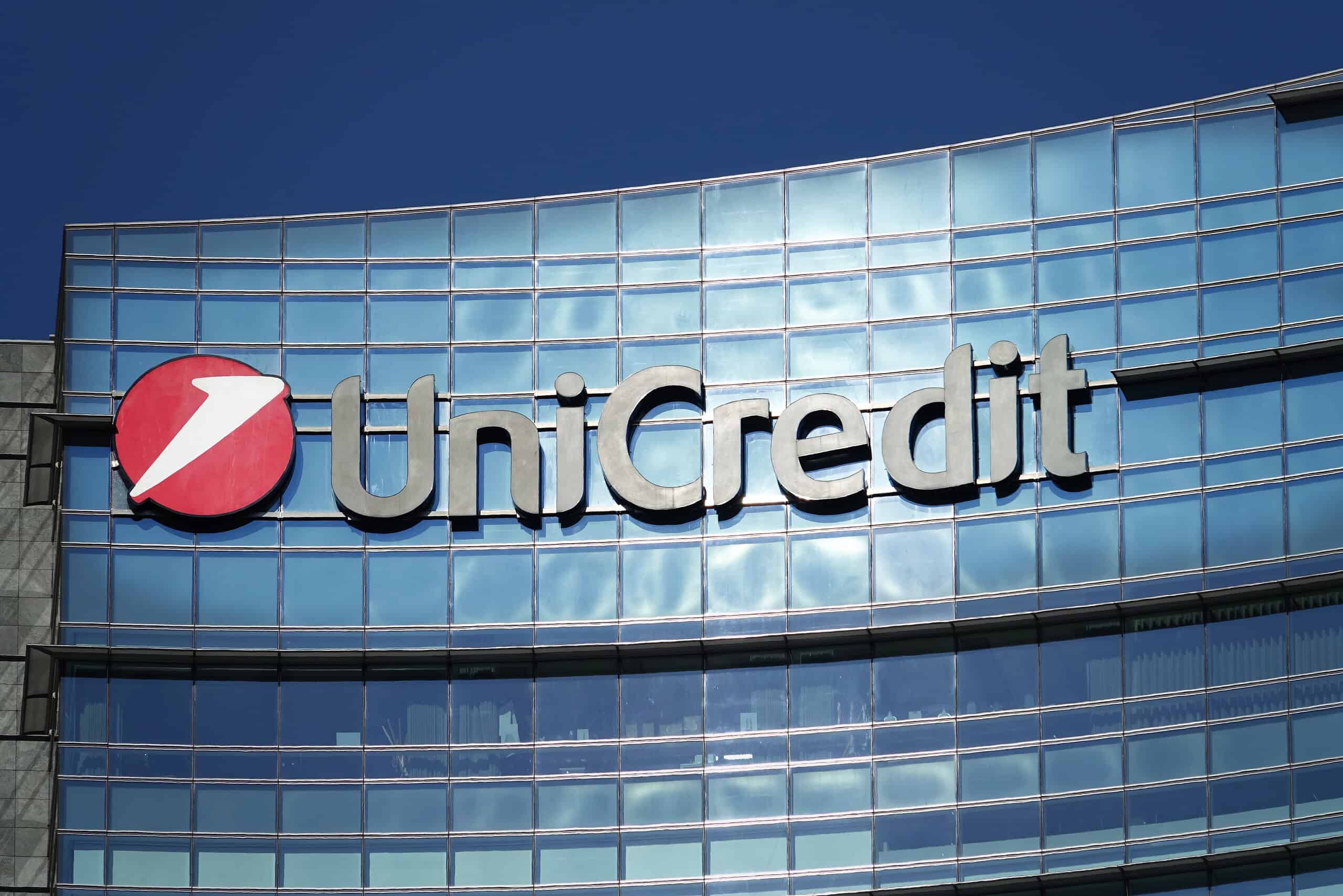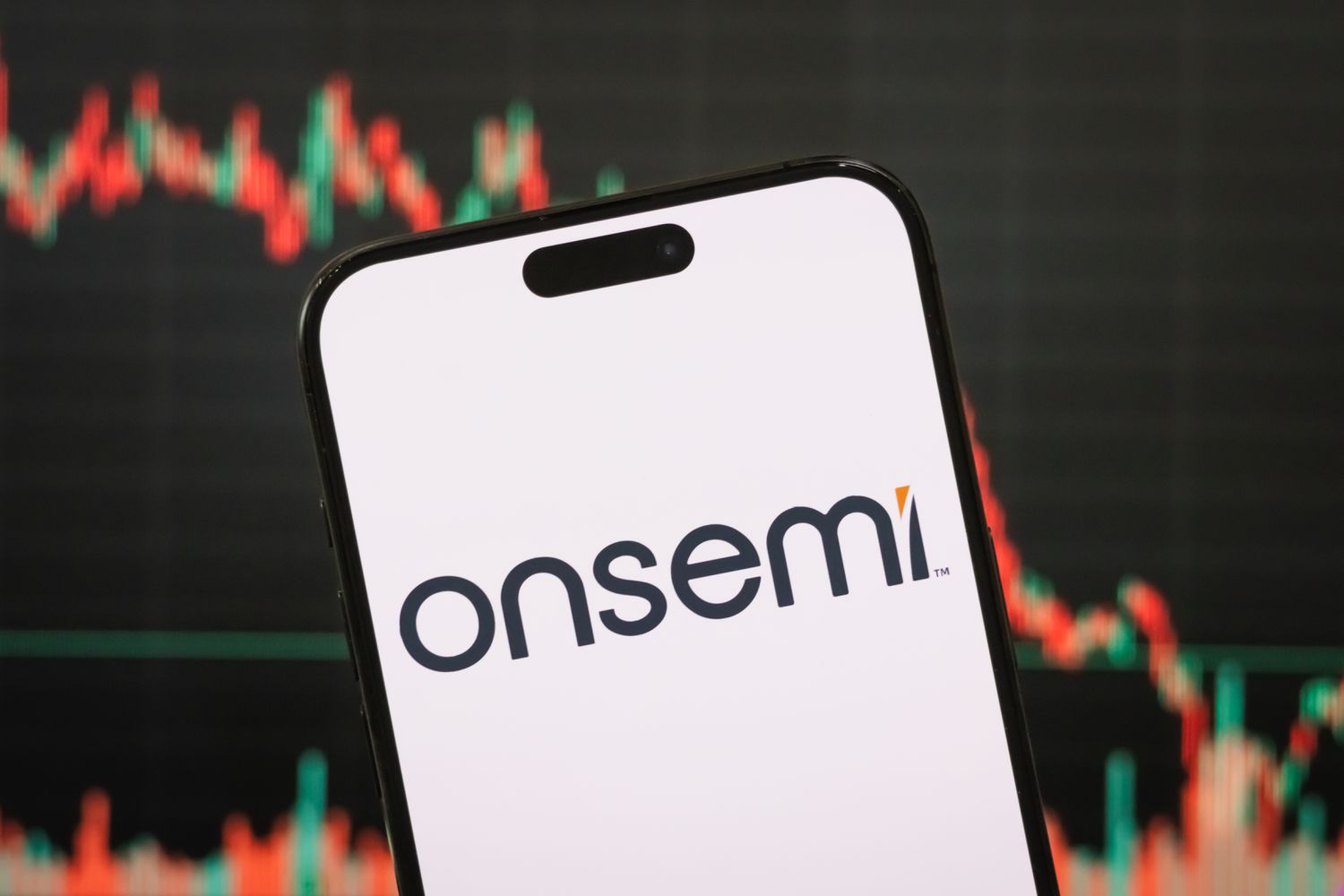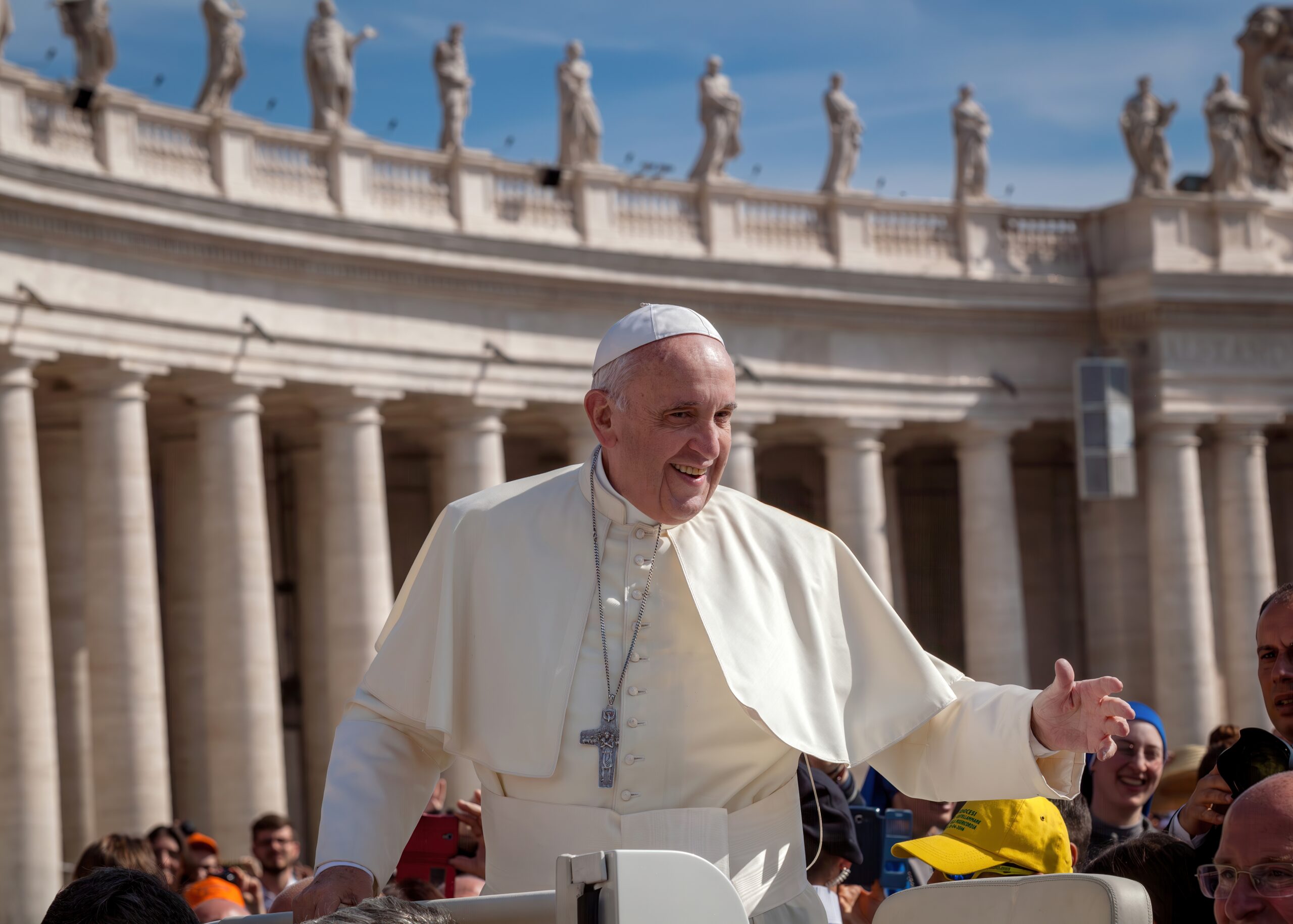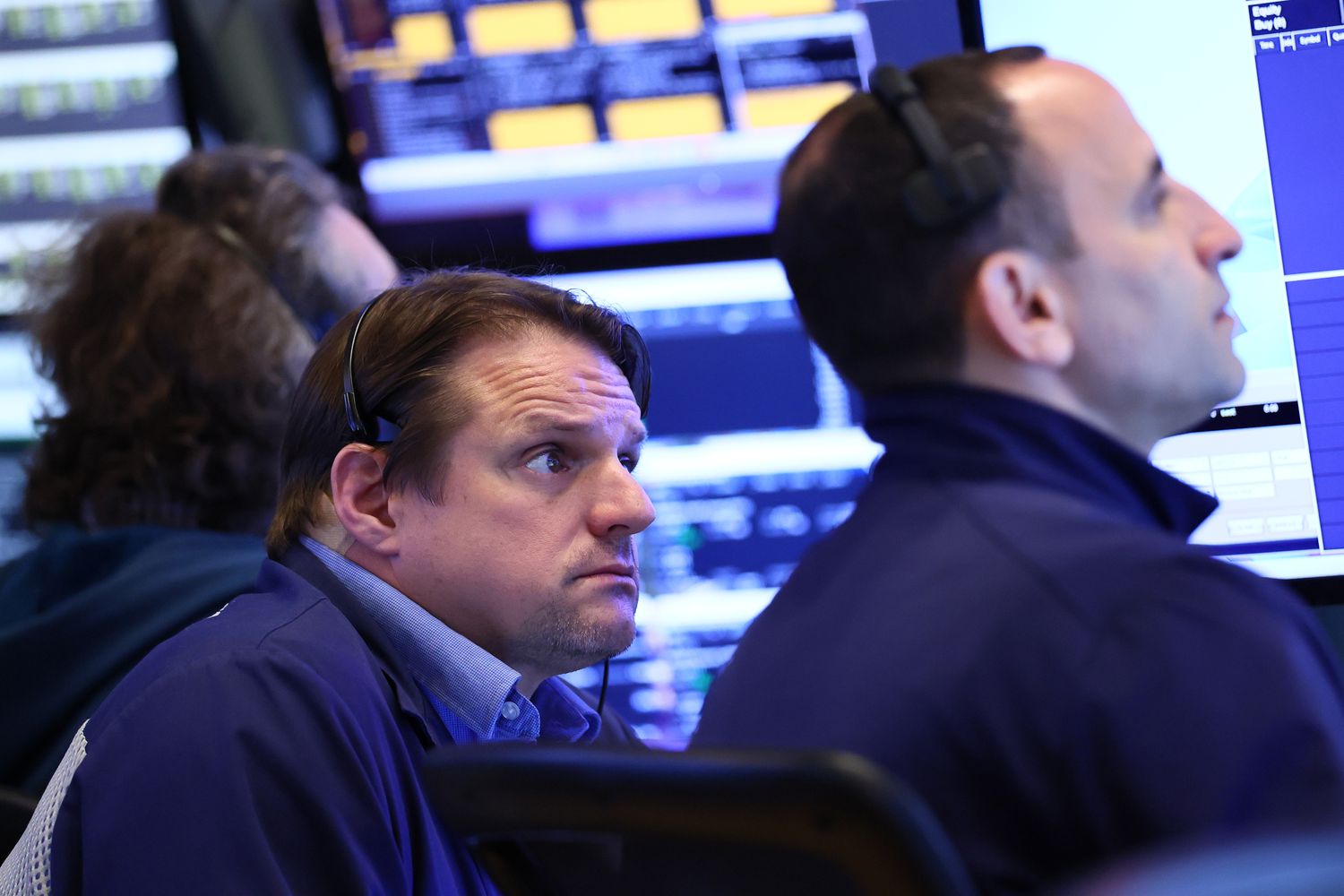Fitch Ratings Chief Economist Brian Coulton discusses with Global Finance how tariffs, inflation, disrupted supply chains, and renewed regionalism are reshaping trade amid prolonged protectionist policies.
Global Finance: Last month, Fitch sharply lowered its forecasts for global economic growth in light of the burgeoning global trade war. You now expect growth in 2025 in the US to be a modest 1.2%, China’s to fall below 4%, the eurozone’s to well under 1%, and world growth to come in under 2%. Why did your assessment change?
Brian Coulton: Our previous assessment was that the US would definitely embark on a sharp path of protectionism, but we thought the scale of it and the intensity of it would be something that got us back to where we were in the 1960s. Now, the calculations we’re doing of the effective tariff rate take us back to Edwardian times—120 years ago. It’s gone way beyond our expectations.
The effective tariff rate has been pushed in two directions. The reciprocal rates went down to 10%, and that’s a lot lower than the rates we were looking at in the immediate aftermath of “Liberation Day.” And we’ve had the bigger carve out for electronics. But going against that is the massive escalation in the US-China trade war. When we put those two things together, we still end up with an effective rate pretty close to 25%.
GF: What do you see as the impact on the global economy?
Coulton: We’re looking at a much worse tariff scenario for the rest of the world than we had in March, and significant downgrades to US and Chinese growth, and the knock-on effects that’s going to have.
This feels to us like it could be quite a significant adverse US supply shock, due to the scramble for US firms and consumers to find alternative sources of supply in the near term. If you’ve got bilateral tariff rates over 100%, it’s just got to collapse. And I don’t think supply chains can be redirected that quickly.
Inflation going above 4% in the US seems quite likely to us. That’s going to worry the Federal Reserve in itself, but just as important is what’s been happening to US households’ inflation expectations. We’ve now had two prints of the University of Michigan [Surveys of Consumers] showing medium- to long-term household inflation expectations have gone through the roof—I mean, off the charts. We haven’t seen anything like the recent readings since before the 1990s. That is a pretty serious threat to the Fed’s credibility.
So, while we still think the next move from the Fed is probably going to be a rate cut, I don’t think they’re going to be in any hurry to do that. What was interesting in [Fed chair] Jay Powell’s last speech was that he talked about the risk of a persistent inflationary impact from high tariffs. In that context, we’re going to see the Fed being very cautious about cutting rates, even though there’s widespread agreement now that US growth is going to slow quite sharply.
Against that backdrop, the dollar ought to be appreciating, but one of the interesting features of this crisis has been the weakening of the dollar. This may be a little source of comfort elsewhere; in the emerging-market world, it raises a bit of scope for more monetary-policy flexibility: a loosening as an offset to the growth shock that will come from the US and China. But the bottom line is, nobody really wins from a trade war.
GF: Is there a method to what the Trump administration is doing?
Coulton: There’s so much complexity! We’ve got sector-level tariffs, country tariffs on China, drug-related tariffs—so many different justifications for tariffs. So, it’s quite hard to draw a clear conclusion. The only thing that comes through consistently to me is this import substitution agenda that [Trump trade adviser] Peter Navarro is pushing, which is behind their approach to selling the reciprocal tariffs. But it has nothing to do with the actual data on reciprocal tariffs. It was all about trying to set tariffs at a level that, on the basis of Navarro’s models, would eliminate bilateral trade deficits completely. So, they just want to get rid of the trade deficit: not only the aggregate trade deficit, but each individual trade deficit. It’s about turning the US into a producer-focused economy from a consumer-focused economy.
On that basis, I would say that we’re not going back, under this administration, to anything like the sort of trade arrangements we had before. I think tariffs are going to stay high for a long time.
GF: What countries are especially vulnerable in the current climate?
Coulton: The classic vulnerable ones are those running the largest surpluses with the US, and where their exports to the US are large as a share of GDP. Vietnam, Mexico, and Canada are right at the top of that list. And there’s certainly a number of quite small economies where the Rose Garden tariffs were a real shocker.
But it’s China that’s looking particularly exposed now, because of its quite aggressive retaliation. And so, we’ve ended up with a tariff rate on China that’s just eye-popping.
That said, what does China have to its benefit? It’s a huge, $18 trillion economy. They not only have a diversified domestic economy, but they also sell as much to Europe as they do to the US. Total exports to the US are still under 3% of GDP. So even if it goes to zero, it’s nothing like the sort of shock that you would get in Mexico or Vietnam if the same thing happened. So they do have policy space; if there’s one economy that can take a really nasty US tariff shock on the chin, it’s China.
GF: During Trump’s first administration, Beijing adopted a “China Plus One” strategy of tightening ties with other regional economies, which enabled it to export to the US effectively through those markets. Are we likely to see the same gambit this time around?
Coulton: It looks to me as if that’s what [Washington is] trying to avoid, and they said that pretty explicitly in a lot of the documentation. Trump only paused the Rose Garden tariffs for 90 days, and he’s said this is an opportunity to negotiate. I am pretty sure, as part of that negotiation, the US will insist that countries do not allow China to open a load of factories in their backyards, start importing more from China, and then export more to the US.
GF: Is the Trump administration perhaps thinking along the lines that the US has got a stronger economy and will knock the Chinese down a few notches in a trade war? If that’s their intent, is it reasonable?
Coulton: I really can’t see that it would have any success at all in terms of gaining global market share for the US at the expense of China. The Chinese are pretty good at this. Look at the debate in Germany. Not only are the Chinese managing to make the stuff that Germany used to sell to them, but they have moved up the value added chain to such an extent that they are eating Germany’s lunch in third markets. It’s been a fairly subdued three to five years since the pandemic for global trade, but China’s exports have been doing really well. As the domestic property market in China has collapsed, they’ve reverted back to relying on exports to drive growth, and they’ve been quite successful at that. So I think it would be quite brave of the US if they really thought they could take on China and its export machine.
GF: Are we likely to see new alignments in the global trade landscape coming out of this tariff upheaval? Does the rest of the world continue to believe in multilateralism?
Coulton: My expectation is that there will be a bit of a rejuvenation of regionalism: countries outside the US looking to cooperate a bit more to offset the negative impact from what’s going on in the US.
There’s definitely a sense in Europe of, “The US is stepping back from the multilateral system, but we still value it,” and so they’re having conversations with China and Asia as frequently as possible. On the other hand, there is this kind of nervousness that China’s got all this export capacity, and suddenly their biggest market is kind of evaporating because of the tariffs—what are they going to do with all those exports?
So there’s this niggling worry about China dumping into the European market. And that maybe feeds into cooperation, because they want to make sure that doesn’t happen, or if it does, that they get something out of it in terms of more access into China. So it’s even more important for Europe to have these conversations.
But the other relevant point to your question is that, at the end of the day, global trade is about supply meeting demand. And the US has always been—and I think will continue to be—the world’s most important consumer market. That limits the scope for other blocs to trade with each other. You don’t trade for fun. You trade so the supply meets the demand. And if the demand is in the US, cooperation is going to be difficult.
And I think that’s true for a lot of East Asian manufacturing hubs. Ultimately, they’re all part of the global machine. It’s really all about the US consumer. The rest of the world is going to continue to be tied umbilically to the US, one way or another, if it doesn’t want to starve itself. It’s going to be hard to have this complete uncoupling.
GF: To what extent do you reckon this is the new normal? Even if we see the tariff situation easing, has the damage been done? Are we in a more negative long-term situation?
Coulton: For the duration of this administration, I think we are in a different world in terms of global trade; multilateralism doesn’t seem to be something they’re interested in at all. So it’s all about import substitution; building a stronger manufacturing base seems to be an absolute core part of what they are doing. When Trump talks about the “pauses” he’s announced, it’s all about the speed at which this can happen, rather than whether it will happen at all. In 2032, it’s hard to predict. But for this administration, it feels like this is quite a fundamental shift.


























